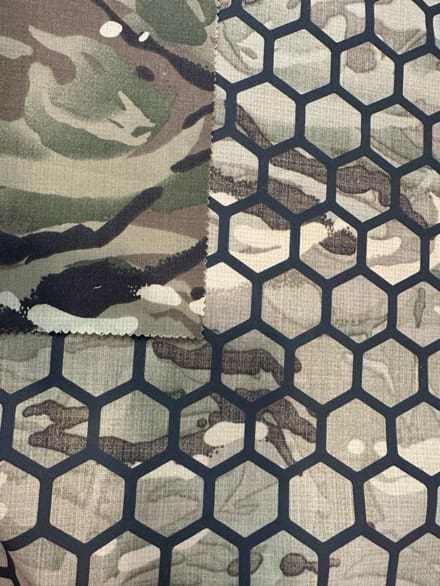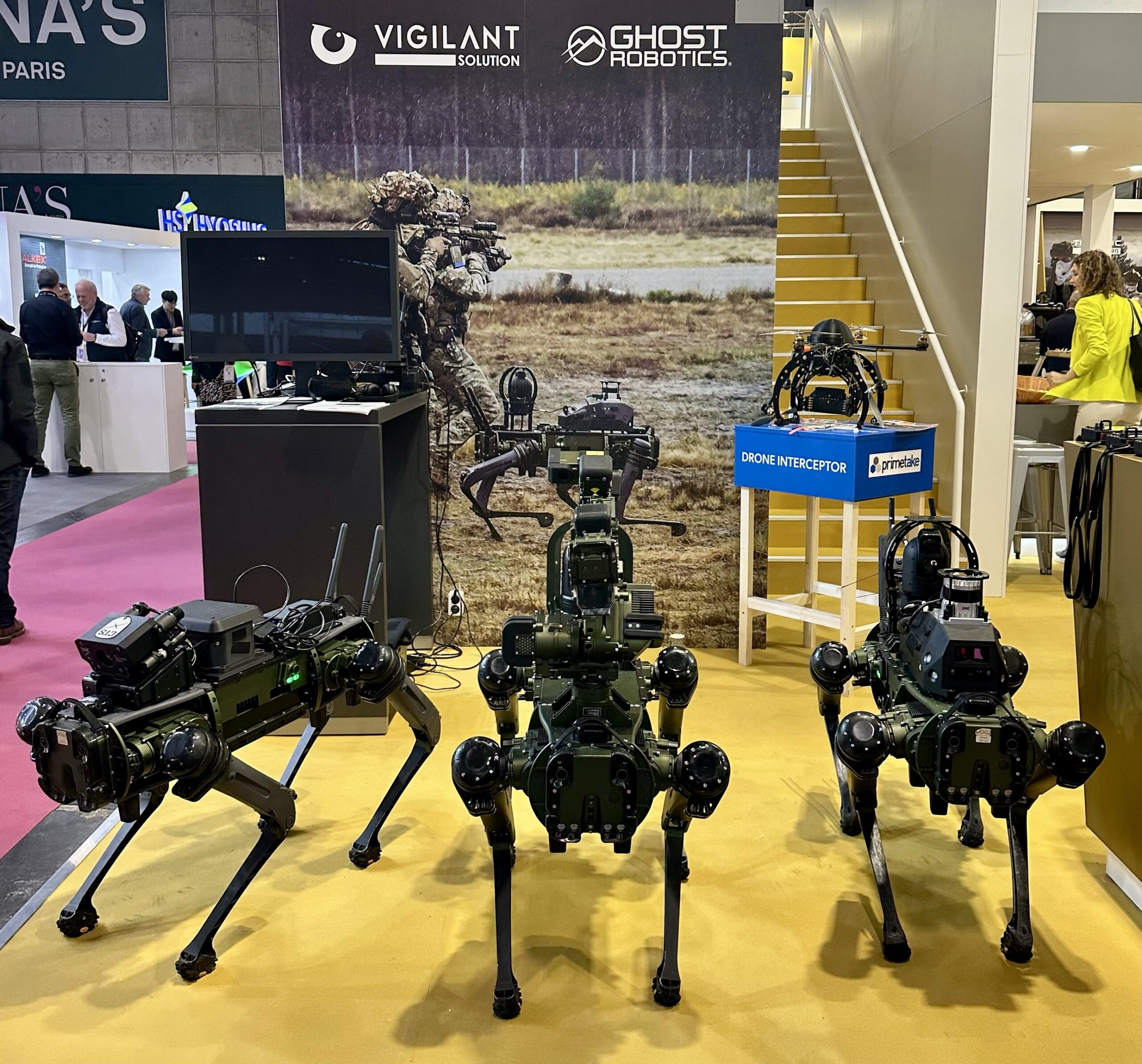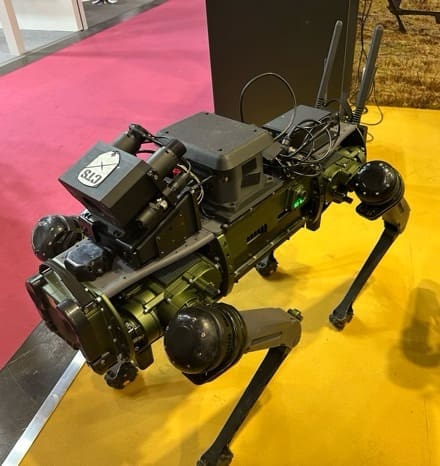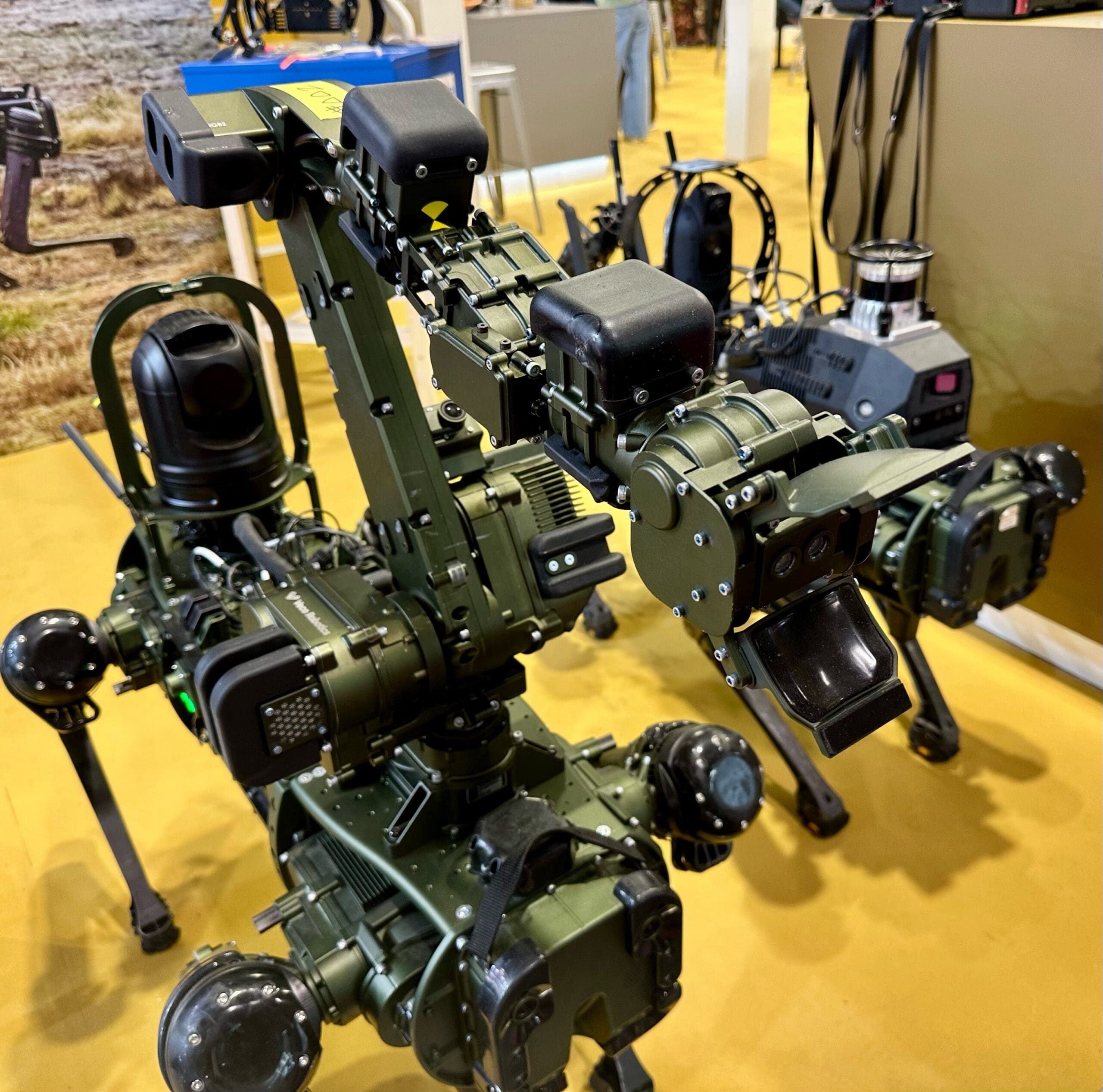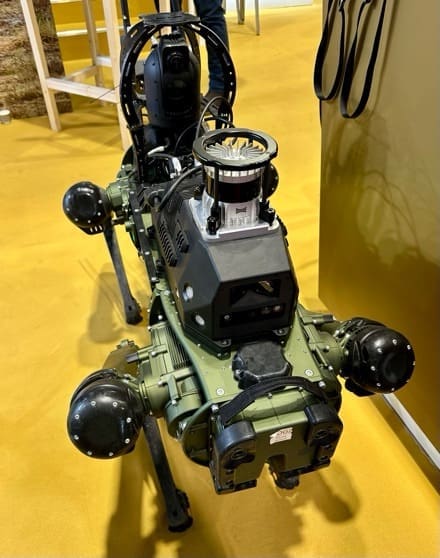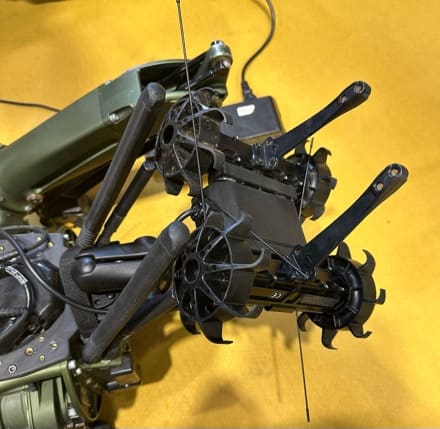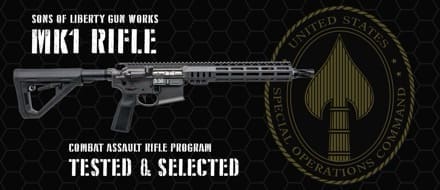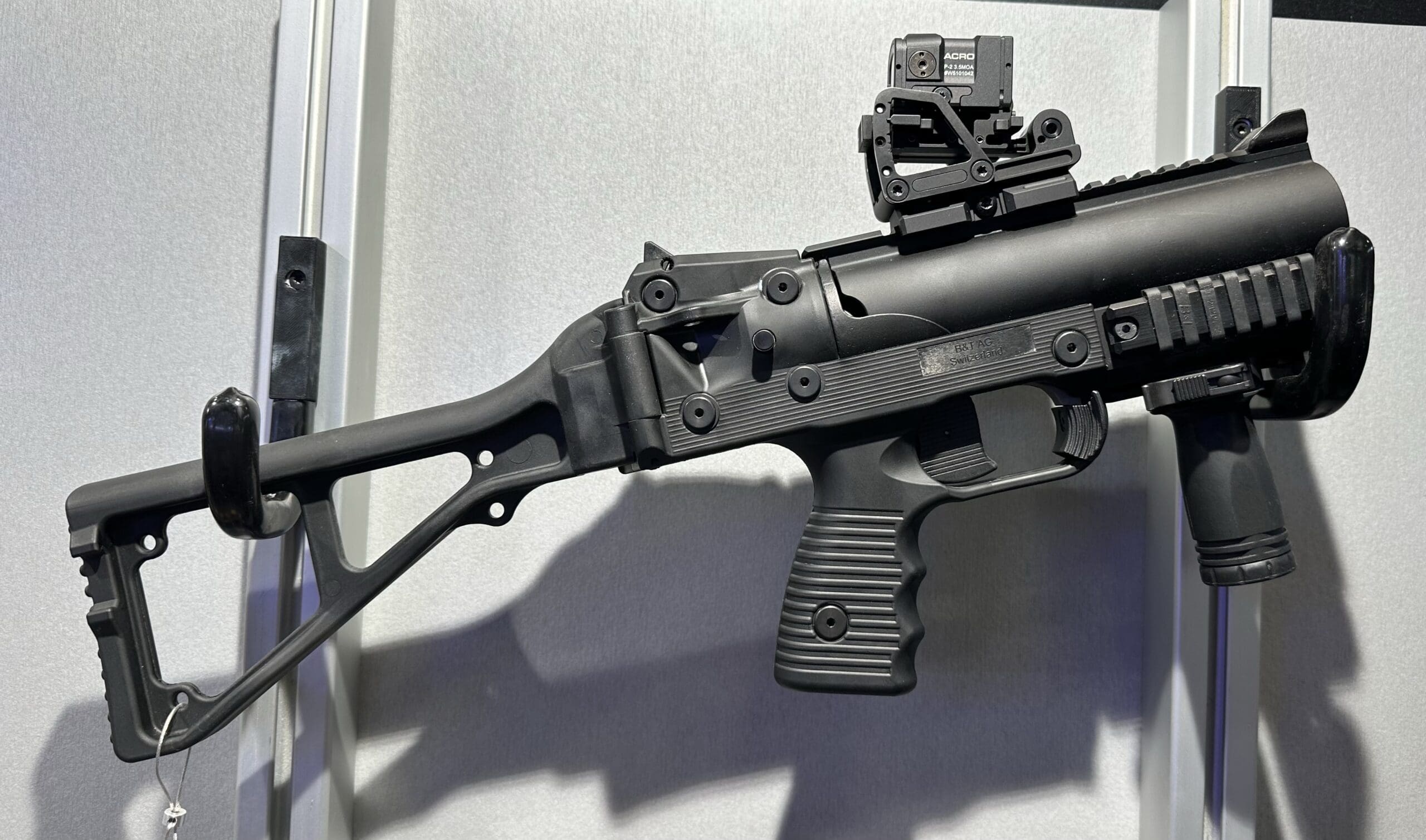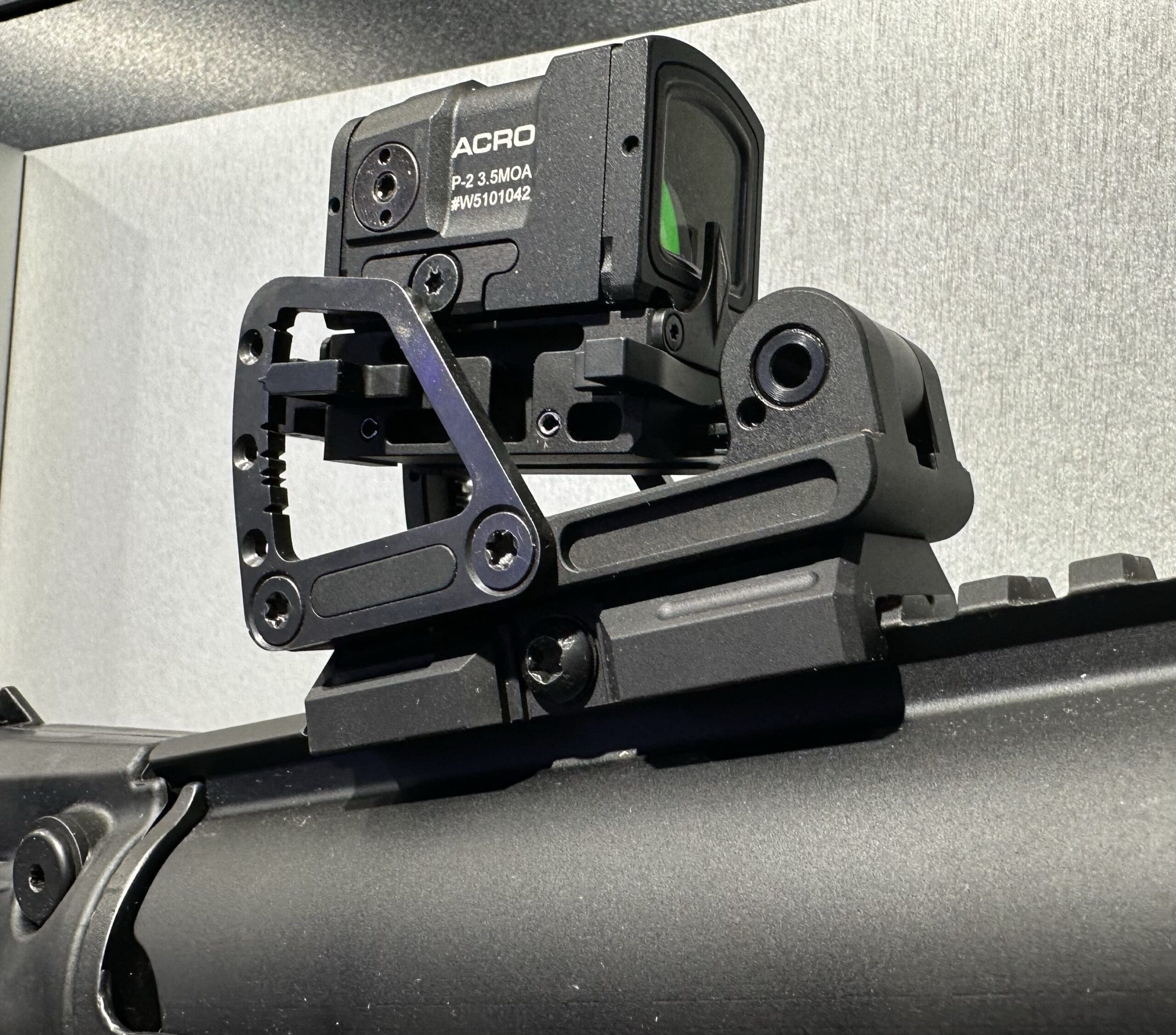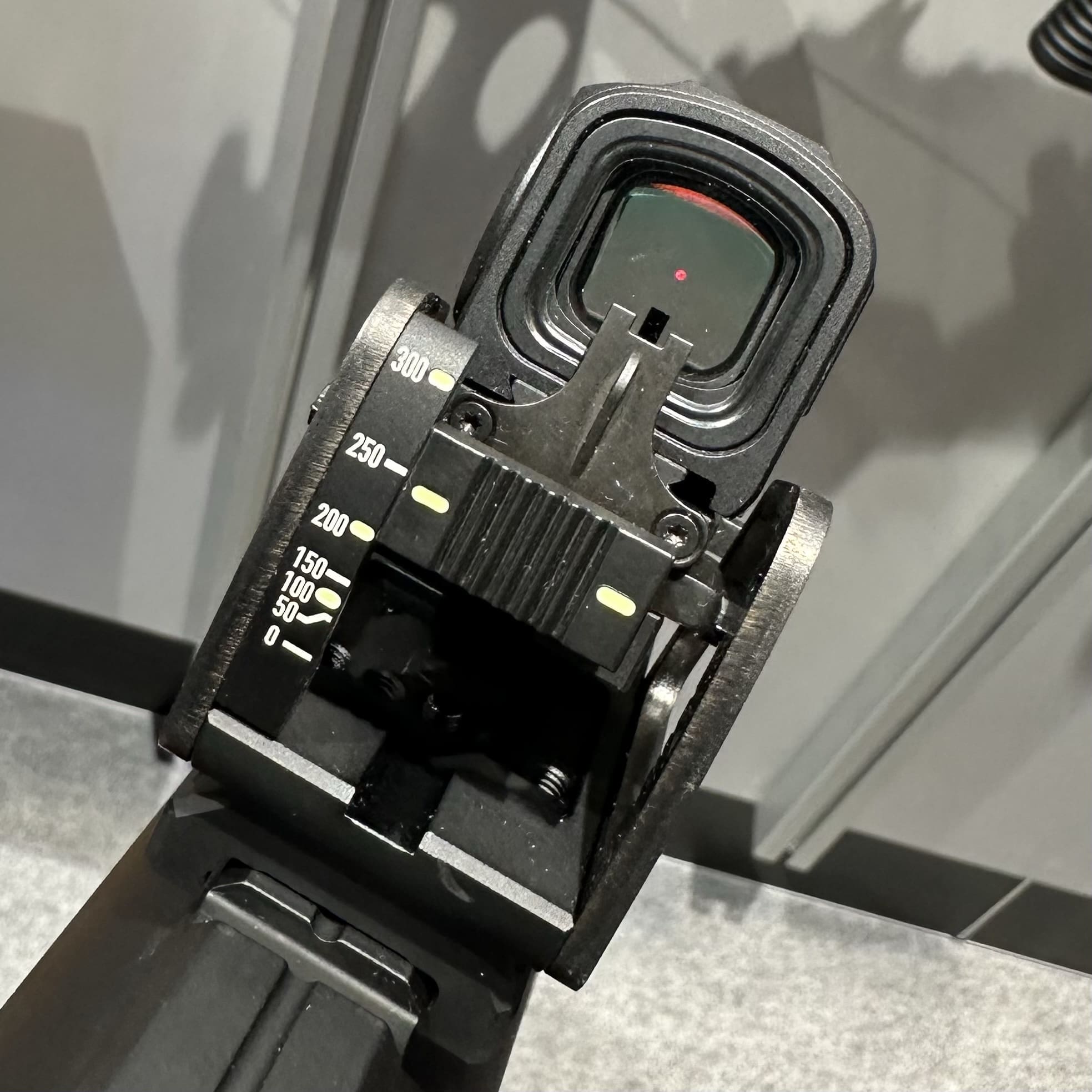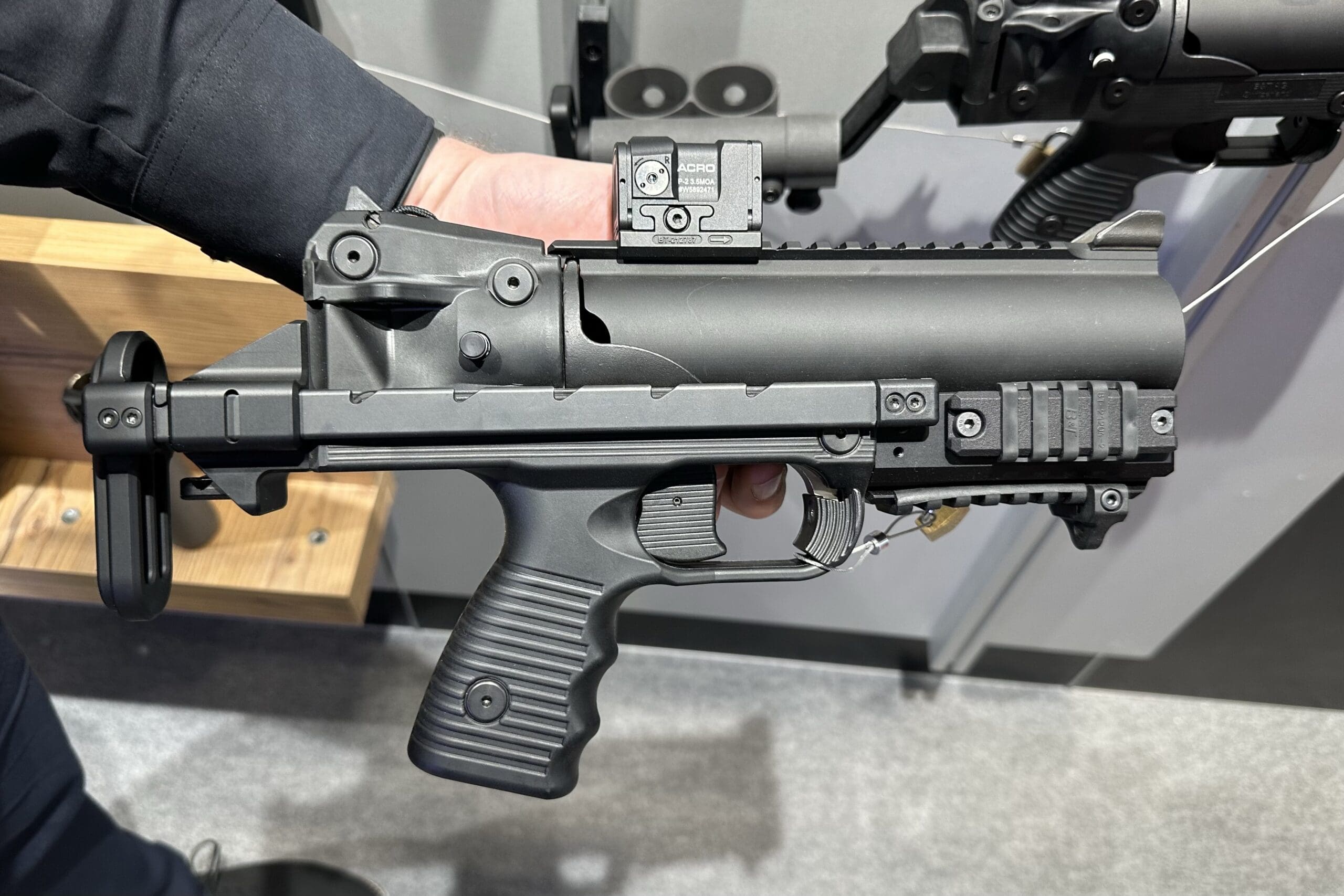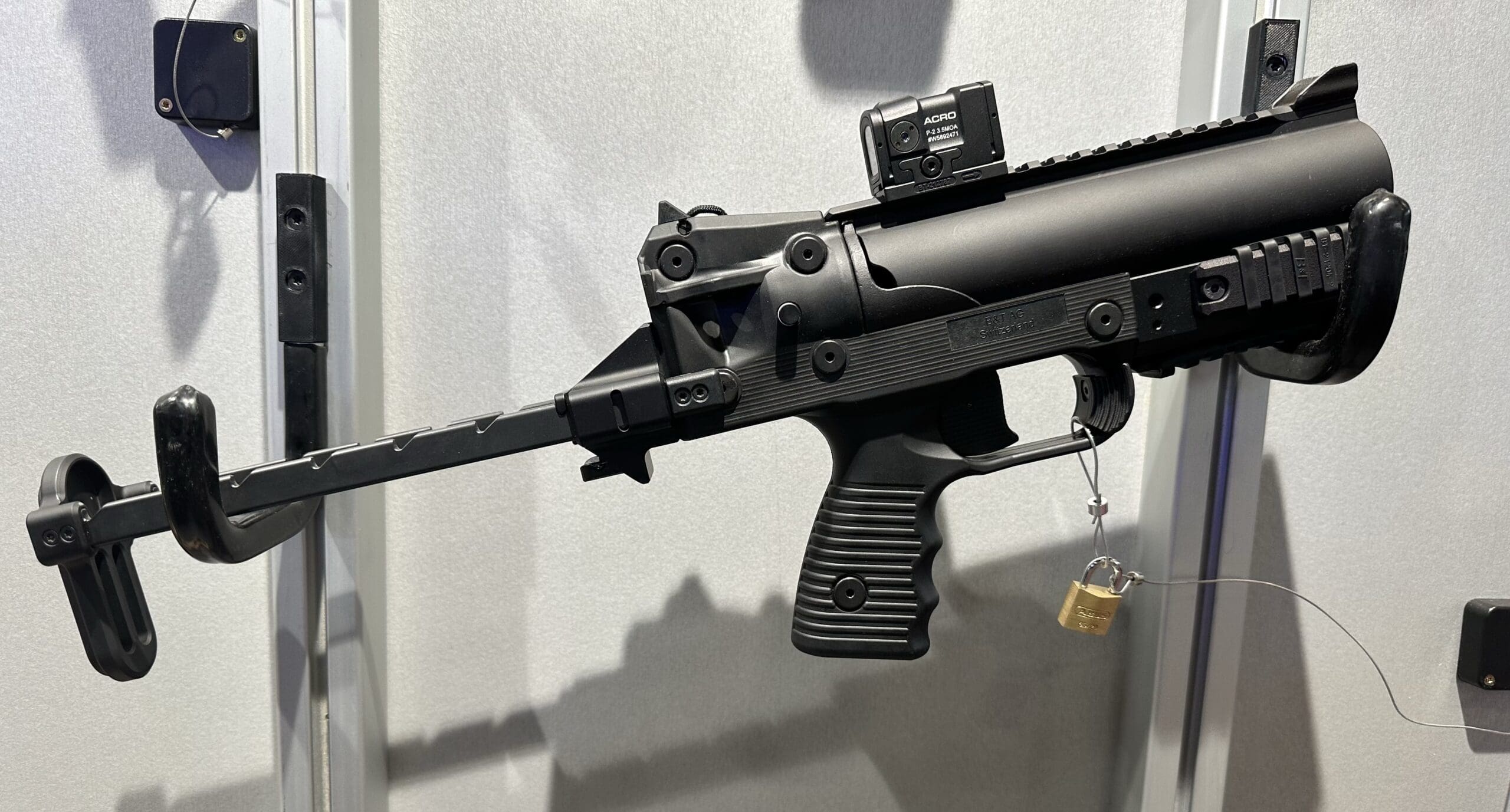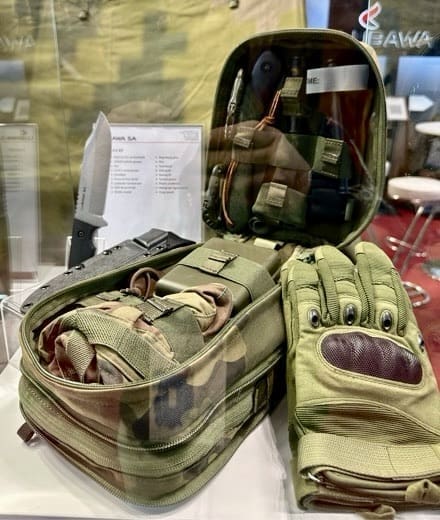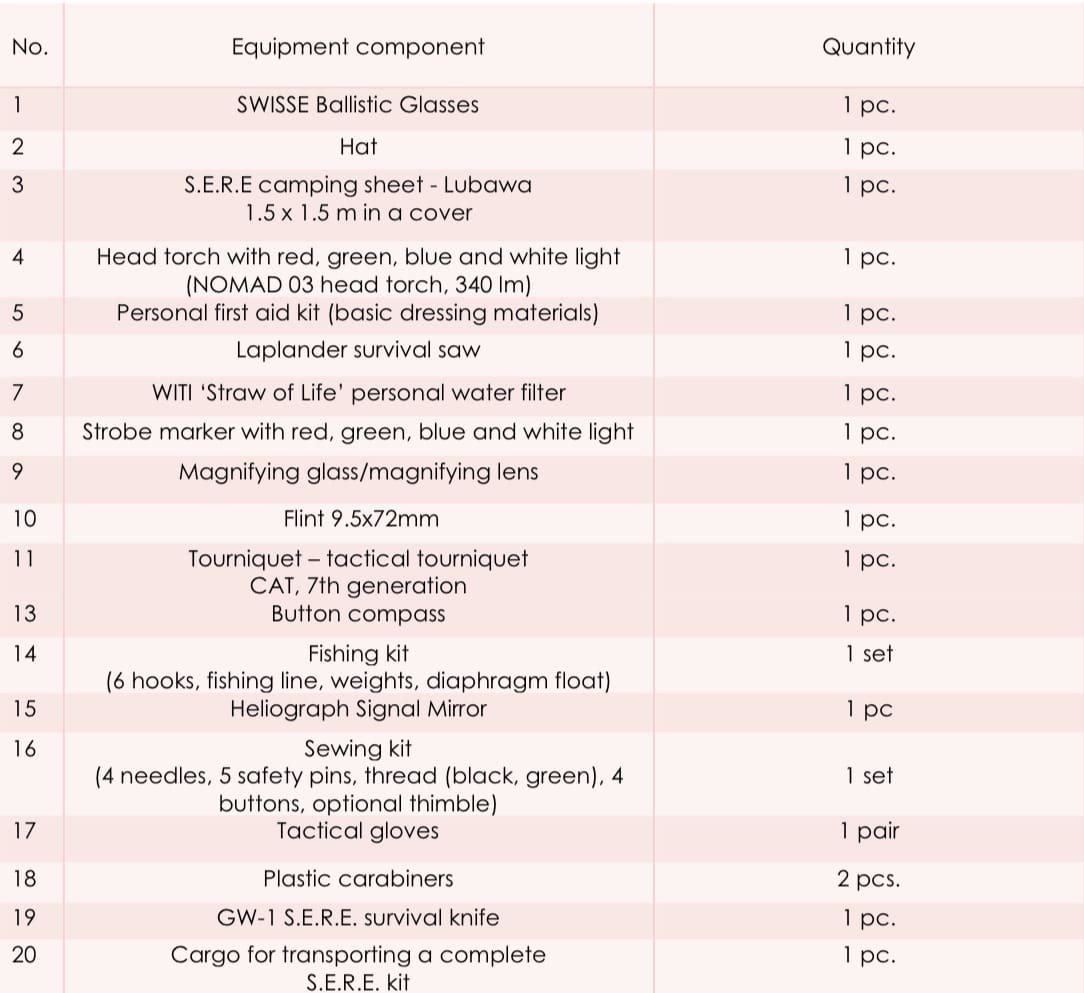
BRYAN, Texas — U.S. Army Transformation and Training Command hosted xTechOverwatch for Unmanned Systems Oct. 27-29, 2025, at the Bush Combat Development Center – Innovation Proving Ground in Bryan, Texas, which provided industry partners and academia the ability to compete for opportunities to continue development integrated within the Army.
This invitation-only competition showcased cutting-edge autonomous unmanned system technologies from 40 selected industry teams, evaluated alongside private capital partners, as they integrate their solutions with the Army’s most lethal squads. Twenty teams were chosen to continue development with the Army.

These teams will work directly with Transformation in Contact formations from January 2026 to July 2027, providing the chance to influence the Army’s modernization strategy by accelerating autonomous capabilities.
This competitive assessment, facilitated by T2COM and key stakeholders, aimed to accelerate the adoption of autonomous systems in line with the Chief of Staff of the Army’s directive. Competitors demonstrated their air, ground, payload, and collaborative autonomy technologies on situational training lanes, providing a real-world assessment of their capabilities.
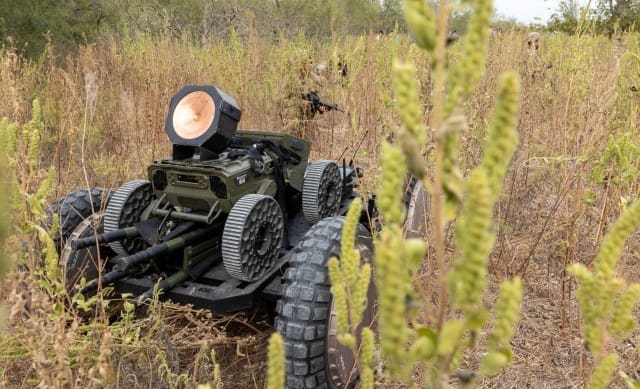
“xTechOverwatch was incredibly successful for the Army,” Lt. Col. Nick Rinaldi, competition lead, Army Applications Laboratory, said. “Having the entire ‘materiel kill chain’ as evaluators invested in the outcome was critical to the speed of decisions on which technologies were most suited to move into a TiC formation.”
Rinaldi continued, “this was a microcosm of how we have to do business. We have to engage industry on real problems we’re trying to solve, get their capabilities in a place where Soldier formations can actually use the equipment in context and in concert with other capabilities, and then make decision quickly.”
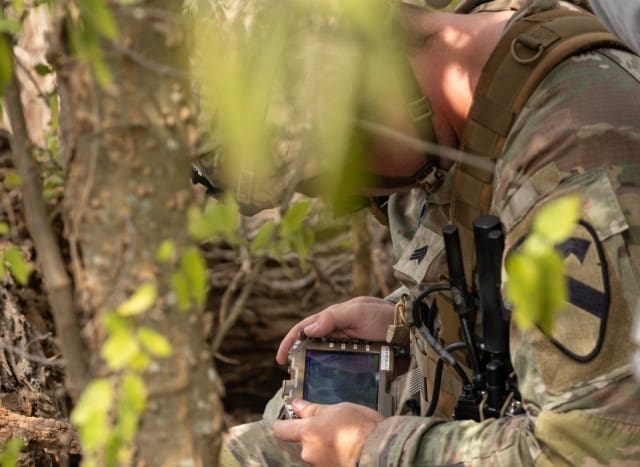
A critical component of this approach is the rapid fielding of experimental technologies to active-duty units. The competitors selected will be under contract within 60 days to work directly with the formations training cycle. This allows Soldiers to experiment with prototypes and provide crucial feedback, driving iterative improvements.
By exposing warfighters to cutting-edge advancements, the Army empowers them to adapt, anticipate challenges, and maintain relevance in the modern battlespace. Delaying this process risks forcing Soldiers to learn how to use these capabilities under the pressure of combat.
– US Army T2COM Public Affairs
